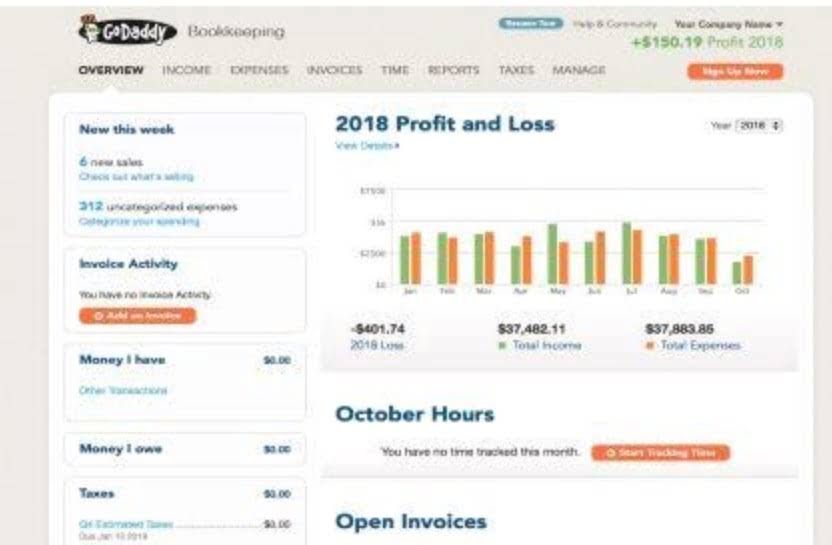
This means your pay stays the same even if you work more or fewer hours. For instance, if you have an annual salary of $60,000, you would receive $5,000 per month, regardless of the number of hours you work each month. Verify your financial data with reliable tools to ensure that all sources of income and allowable deductions are accurately recorded and considered. Freelancers often have variable incomes, making it more complex to calculate annual income. The best method is to sum up all the monthly earnings and then add them to get the total yearly income.

Leverage Tax Credits and Deductions
- We are providing the link to this website for your convenience, or because we have a relationship with the third party.
- In any case, annual income gives you more information about how much you can expect over the year, helping you plan your big purchases and other major financial decisions wisely.
- For example, if you’re paid a $75,000 yearly salary, this is your annual income, even though you don’t actually take home $75,000 after deductions.
- For most people with a consistent job, you can use a basic formula to find your annual gross pay before any deductions.
- This calculation is typically simple and can help you understand how much of your paycheck is withheld or deducted for taxes, retirement and more.
- It’s important to understand your annual income and how to calculate it when evaluating the health and future of your personal or business finances.
Whereas, on the other hand, Total Income is the earnings achieved after subtracting deductions laid under Section 80 from gross total income. When someone asks about your annual income or annual earnings, they’re asking how much money you bring in over the course of a fiscal year before any taxes or deductions are taken out. Gross income represents the total earnings before deductions, while net income is the amount left after all deductions. Understanding these concepts ensures you calculate the correct figures for budgeting and tax purposes. In any case, annual income is the total amount of money you earn over one standard year or your annual salary. Want to know how much money your annual income means business or personal budget brings in each year?
Impact on Taxes and Tax Planning
This figure represents your gross earnings, providing a comprehensive view of your financial inflow for the year. Understanding your annual income helps you manage your finances better and make informed decisions about saving, investing, and spending. Hourly workers, on the other hand, must often navigate more variable financial waters. To anchor their annual salary, they must take their hourly wage, multiply it by the number of hours worked each week, and then by the 52 weeks that compose the year. For hourly employees, this method provides a framework for understanding potential full-time earnings. Employers base the annual salary for hourly pay on a maximum of 44 hours of work per week, excluding overtime.

How do you determine household income?

The pay rate for the weekly compensation is the hourly pay rate multiplied by the hours worked per week. Suppose a standard full-time employee (FTE) employee’s salary is paid at an hourly pay rate of $50.00 per hour. Before the net annual income can be estimated, calculating the gross annual income is the necessary first step. But your income may impact your ability to borrow money due to your debt-to-income (DTI) ratio. Your DTI ratio is often used by lenders to review and approve a loan or credit card application.

Comparing a debtor’s gross income to the amount they plan to loan is called the debt-to-income ratio. Lenders divide the total loan amount by the number of months, or the length of time it will take for the borrower to repay their debt. Knowing how to get the values of one’s gross earnings adjusting entries helps calculate federal, state, and local taxes with precision.
- This figure is used to determine the amount of federal, state, and local taxes owed.
- Credit Builder Accounts & Certificates of Deposit made/held by Lead Bank, Sunrise Banks, N.A., or First Century Bank, N.A., each Member FDIC.
- The daily earnings differ depending on the hours an employee works during the day.
- There are 52 weeks in a year, but you’ll need to adjust for unpaid time off.
- By using your annual salary as a foundation for financial planning, you can make informed decisions and work towards achieving your financial objectives.
- If the benefits of one job offer are significantly different from another, it might be worth your time to assign a numeric value.
- Yes, simply enter the hours you work weekly, even if they are fewer than 40.
What is Gross Income & How to Calculate it (w/ Examples)
Summing up all monthly earnings over a year provides an accurate yearly income figure. Accurately calculating your yearly income means summing up all these sources, such as wages, investment returns, and business profits. Consider factors such as unpaid leaves, overtime, and fluctuating incomes to get a precise figure. Adjusting your calculations will provide a more accurate picture of your financial standing, helping in financial planning and tax reporting.

You can determine your annual income by multiplying your pay rate by the number of times you are paid in a year. This number is important for budgeting, tax, loan applications, and retirement planning. Additional income sources beyond your salary or wages can also affect your annual income. This figure includes your base salary or wages Bookkeeping for Startups plus any additional income like bonuses, overtime, commissions, and investment returns.

